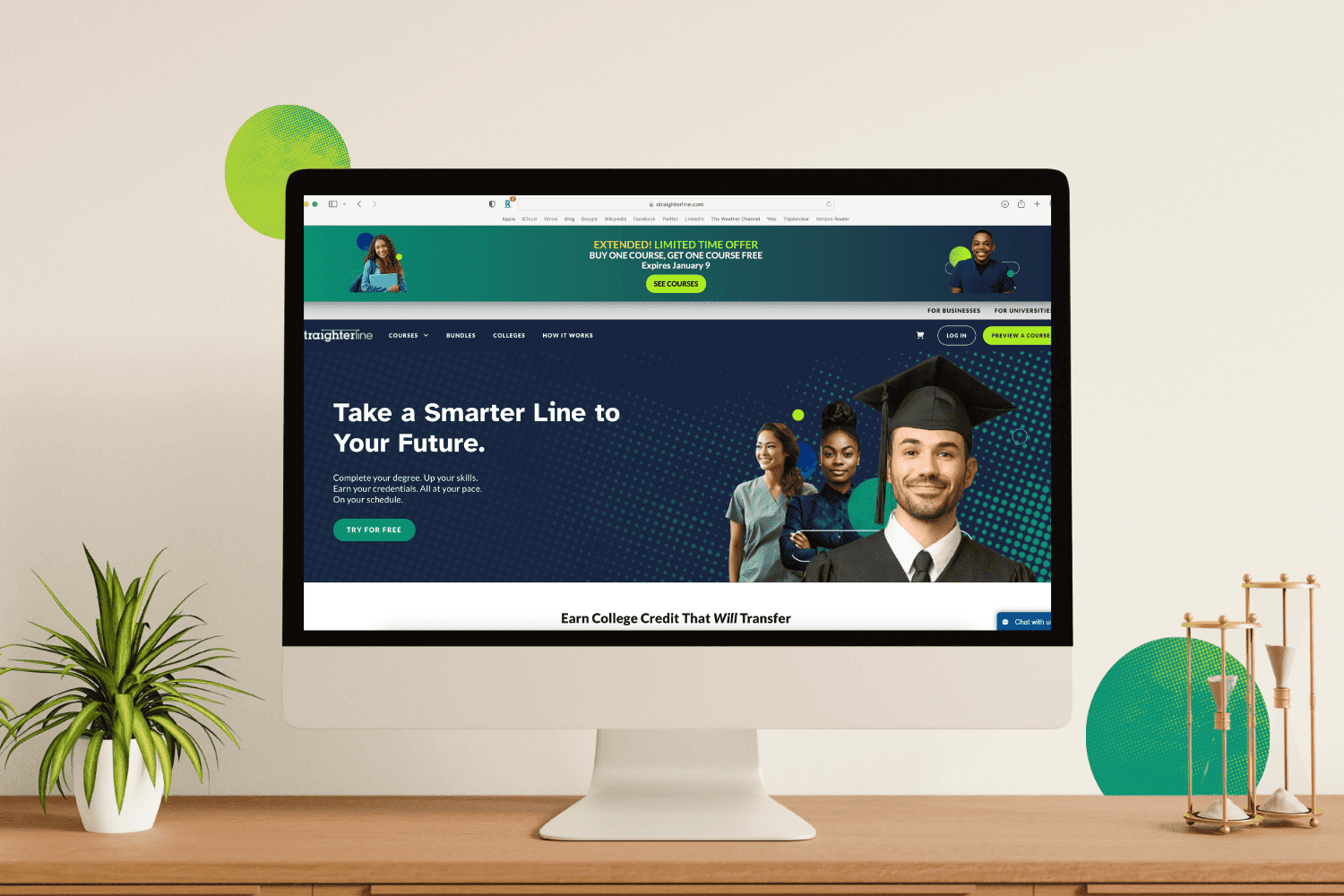Though online learning has been around since the mid-90’s, it wasn’t until the early part of the ‘00’s that it began to take off. Enrollments in online courses at accredited colleges have grown steadily such that, today, about 1/3 of all college students – about 6 million -- are taking at least one online course. Though online course delivery has become commonplace, the growth rate of students enrolling in online courses at accredited colleges has stagnated. (Source: http://mfeldstein.com/no-discernible-growth-us-higher-ed-online-learning/)
Strong Demand for Low-Cost Online Learning
One might argue that online education has reached a saturation point – that all the remaining students don’t want or need online courses. However, the explosive growth of much lower-priced providers like StraighterLine and MOOCs and online enrollment growth at community colleges demonstrate that the demand for online learning is stronger than ever – just not at high prices.
"The demand for online learning is stronger than ever – just not at high prices."
Why is online learning exploding, but not at accredited colleges? This is best explained by looking at how colleges price online learning. Over 90% of colleges charge the same or more for online than for face-to-face courses. This, despite the fact that online courses use none of the expensive infrastructure required of face-to-face courses. Want to see how it works? Take two free lessons on us today! Unaccredited providers offer online courses that – in cases like StraighterLine’s – are as good or better than those offered by colleges, are much lower priced, have low-risk, free pathways to enrollment, are conveniently subscription-based instead of an all-or-nothing tuition and that aren’t listed on a transcript if a student doesn’t succeed.
Online Students Subsidizing Face-To-Face Students
Because colleges price online courses so much higher than their cost of delivery, these courses have been extremely profitable for all sectors of higher education – non-profit, public and for-profit colleges. Effectively, online students are subsidizing face-to-face students. Such profitability explains the major trends in accredited higher education in the last 15 years. It explains the growth of the for-profit colleges, the copy-cat competition from non-profit colleges and the introduction of companies that help college start online programs in exchange for a piece of the revenue.
"Students are using their purchasing power to drive down the price of a degree by picking equal, but cheaper, online equivalents."
While this trend has been great for colleges and great for students seeking convenience, it hasn’t done anything to lower the price of college. Now, students are using their purchasing power to drive down the price of a degree by picking equal, but cheaper, online equivalents.
THIS IS A QUOTE BLOCK
The Age of Price Competition
Today, the “Age of Convenience” is coming to a close and the “Age of Price Competition” is starting. To better appeal to increasingly price-conscious students, StraighterLine’s articulating partner college list has grown from 4 colleges in 2010 to over 90 today. Further, college interest in competency-based learning is a sign that colleges are trying to figure out how to deliver lower priced programs.
"...As competition for online students has increased from other colleges and non-colleges, colleges must either offer lower prices or award credit from lower-priced providers to effectively lower the price of a degree."
Such price competition makes sense. In the dawn of online education, colleges were loath to reduce their prices. With a student base willing to enroll for convenience and only a few suppliers of online courses, they had pricing power. However, as competition for online students has increased from other colleges and non-colleges, colleges must either offer lower prices or award credit from lower-priced providers to effectively lower the price of a degree. While such a dynamic may be harmful to some colleges, on the whole, it’s a terrific time to be a student – if you can afford $99 per month. Burck Smith (@burck) is the CEO and founder of StraighterLine. We have over 90 accredited partner schools. Get your free personalized degree plan today!












